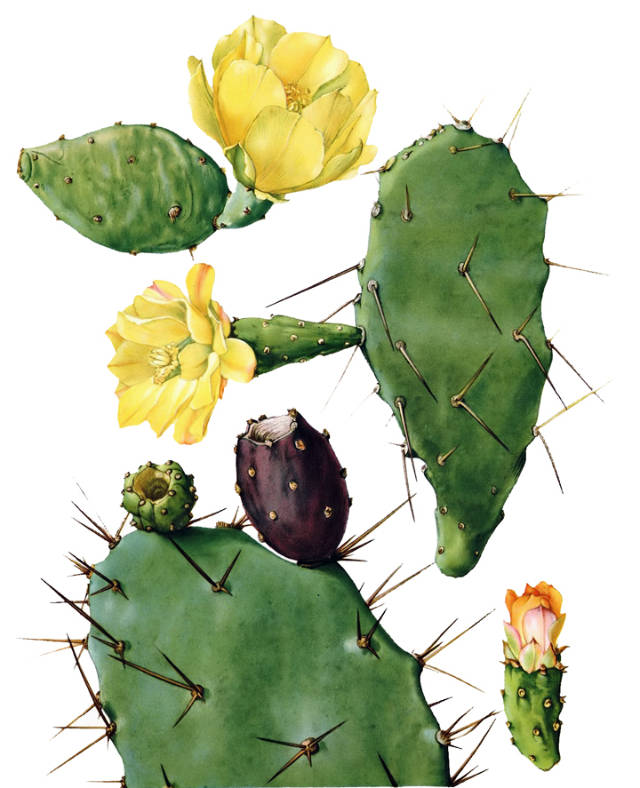When it comes to planting and nurturing plants, soil is one of the fundamental factors to consider. Just as we have preferences for our living conditions, plants have specific needs regarding the type of soil they grow in. This guide will help you understand the soil types – sandy, loam, and clay – and how they affect plant growth. Let’s dig into the world of soils and discover what makes each type unique and how it caters to the needs of different plants.
What’s the Deal with Soil Texture?
Soil texture isn’t about how the soil feels on your hands but what it’s made of. It’s determined by the mix of three main types of particles: sand, silt, and clay. This mix affects everything from drainage and water retention to aeration, nutrient availability, and how well plant roots can move through the soil. Now, let’s break down each soil type:
Sandy Soil: The Light and Breezy Type
- Texture: Gritty, with large particles.
- Drainage: It’s like a sieve – water flows through quickly.
- Moisture Retention: It is not a strong suit, and it tends to dry out fast.
- Aeration: Plants can breathe easily, but they might get thirsty.
- Fertility: It’s low, so you might need to add some nutrients.
- Best For Plants that love dry feet and don’t mind asking for a drink now and then.
Loam Soil: The Jack of All Trades
- Texture: Crumbly and feels like the perfect sand, silt, and clay mix.
- Drainage: Just right – not too fast, not too slow.
- Moisture Retention: Holds onto water well without causing a flood.
- Aeration: Plants’ roots can be explored freely.
- Fertility: Rich in nutrients and ready to support a variety of plants.
- Best For: A wide range of plants. It’s like the comfortable, all-season room of soil.
Clay Soil: The Dense and Nutrient-Rich Type
- Texture: Fine and dense, with tiny particles.
- Drainage: Takes its time – water tends to stick around.
- Moisture Retention: Great at holding onto water, maybe even a bit too good.
- Aeration: It’s a tight squeeze for roots to get through.
- Fertility: Packed with nutrients if plants can reach them.
- Best For Plants that enjoy keeping their feet wet and can handle a little extra effort to grow.

The most important requirement for any plant in the Opuntia genus is well-draining soil. Prickly pear easily grows in sandy or gravelly soil, but it can tolerate other soil types as long as there’s good drainage and not too much water.
What This Means for Your Garden
Understanding a plant’s soil preference is crucial for its growth and health. Some plants have evolved to thrive in sandy soil’s quick-draining, low-fertility conditions, enjoying its breathability and freedom. Others have adapted to the rich, moisture-retentive nature of clay or loam soils, capitalizing on the abundant nutrients and water.
When planning your garden or choosing plants, consider their soil needs. If you have sandy soil but want to grow plants that prefer loam, you might need to amend your soil with organic matter to improve moisture retention and nutrient content. Conversely, if your soil is dense clay, incorporating sand or organic matter can improve drainage and aeration, making it more hospitable for a broader range of plants.
Creating Optimal Growing Conditions
- Amend the soil: Add organic matter, sand, or clay to adjust the soil type to suit your plants’ needs.
- Choose the right plants: Match your garden’s soil type with plants that will love it, or be prepared to modify the soil to suit other types of plants.
- Monitor and maintain: Monitor soil moisture and nutrient levels, adjusting as needed to keep your plants happy.
By understanding and catering to your plants’ soil needs, you can create a thriving garden that’s both beautiful and healthy. Remember, the soil is more than just dirt; it’s the foundation of your garden’s ecosystem and the key to successful plant growth.
